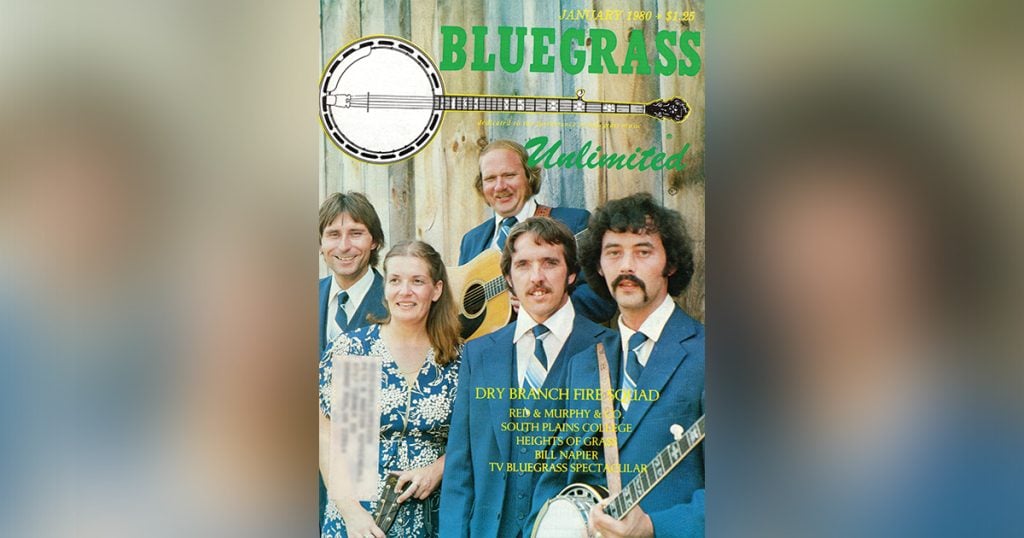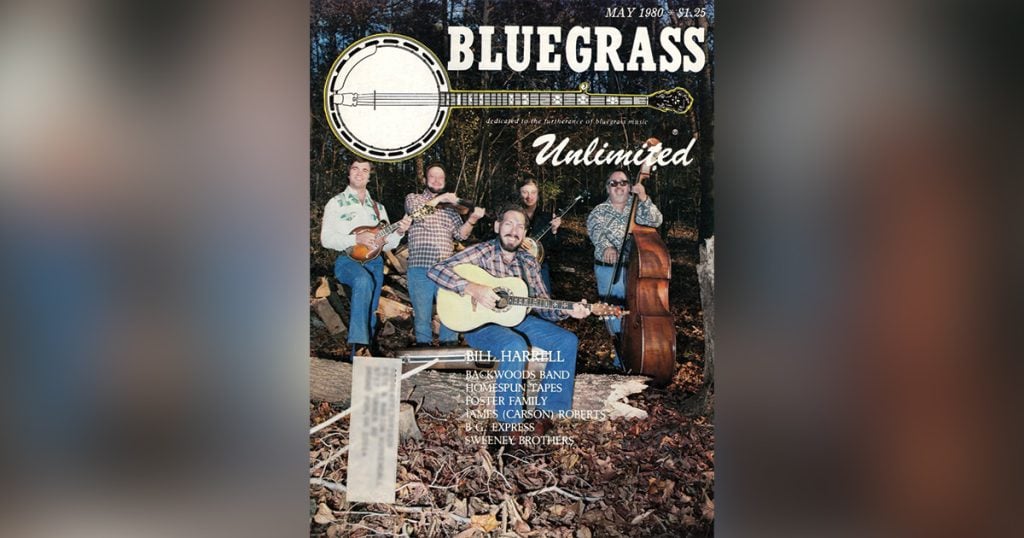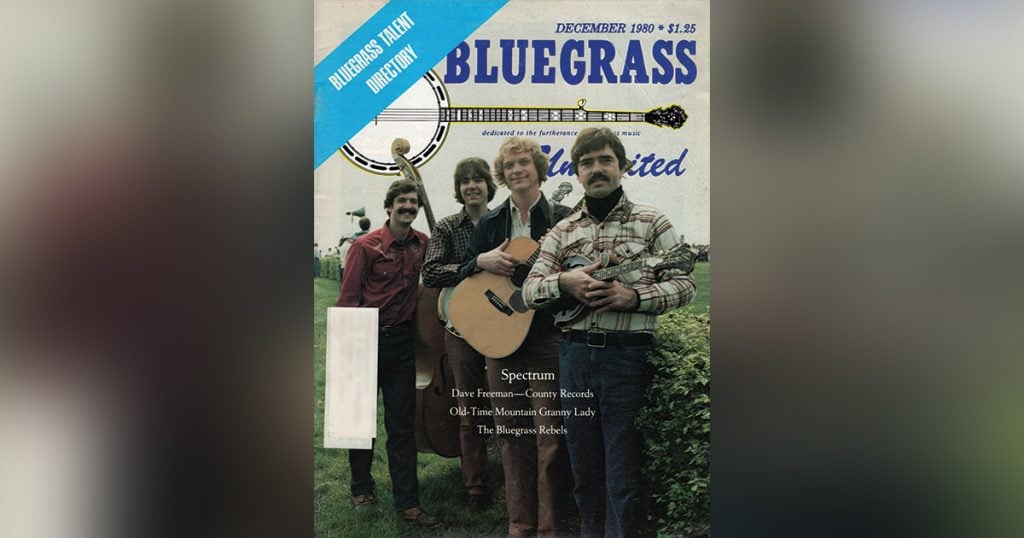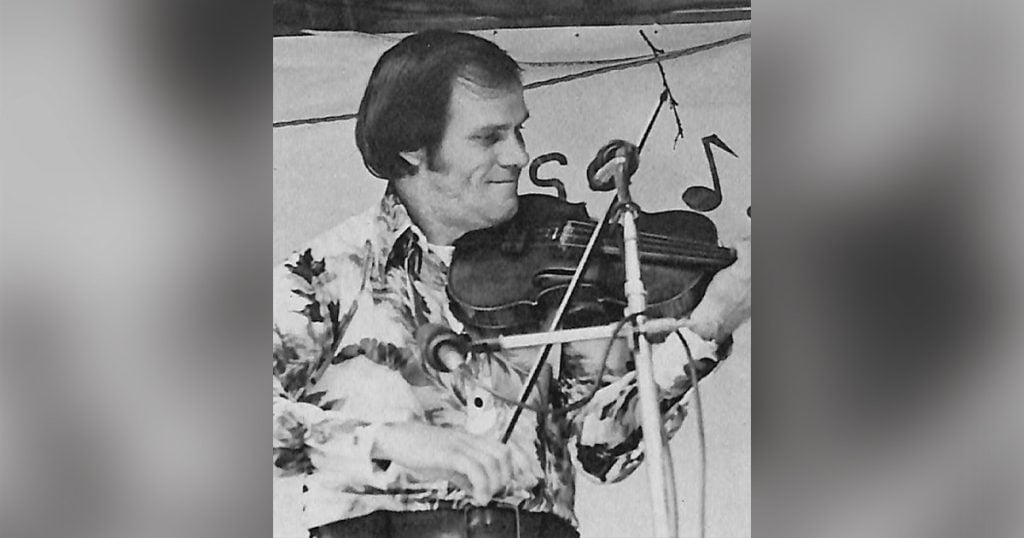Articles
IssueM Articles
Aynsley Porchak
Any dyed-in-the wool fan of bluegrass fiddling will instantly recognize the names of such legendary fiddlers as Chubby Wise, Jim Shumate, Fiddlin’ Arthur Smith, Kenny Baker, and Bobby Hicks. The list goes ‘On and On,” as Bill Monroe would say. One name you might not yet be familiar with is Aynsley Porchak. This young Canadian…
The Dry Branch Fire Squad
Reprinted from Bluegrass Unlimited Magazine January 1980, Volume 14, Number 7 What do you get when you cross a hillbilly, a fisherman in a cowboy hat, a mechanic, and a whittler, with satirical wit, meticulous musicianship, and a great respect for the heritage of bluegrass music? The Dry Branch Fire Squad, of course. And who…
Bill Harrell: The New Direction
Reprinted from Bluegrass Unlimited Magazine May 1980, Volume 14, Number 11 Nearly everybody has a part of their past they don’t really like to talk about. When Bill Harrell was being interviewed for this article, he was asked about a particular time during his association with the great banjo-player and songwriter Don Reno. Harrell’s happy…
Spectrum
When the four of them first got together and decided on a name for their new group, they chose Spectrum, to indicate their wide range of musical interests and abilities. The name is apt, as the music they produce together stretches from 1930’s popular music through Texas swing to jazz and country, while working within…
Joe Meadows—Mountain State Fiddler
Reprinted from Bluegrass Unlimited Magazine October 1978, Volume 13, Number 4 Numerous fiddlers have made notable contributions to bluegrass music. Joe Meadows ranks among the more prominent, particularly during the decades of the fifties and the seventies. In between Joe took a long vacation from music but during his two active periods he established himself…
Shades of Blue
Photo by Katrina Burgoyne Don’t try to pigeon-hole Kristy Cox into one set category of music. The bluegrass artist/songwriter from the Land Down Under has a colorful singing voice that can cover traditional to contemporary to country. Born in Adelaide (capital city, 800,000 people), Australia, Cox grew up in a nearby mountainous country town of…





